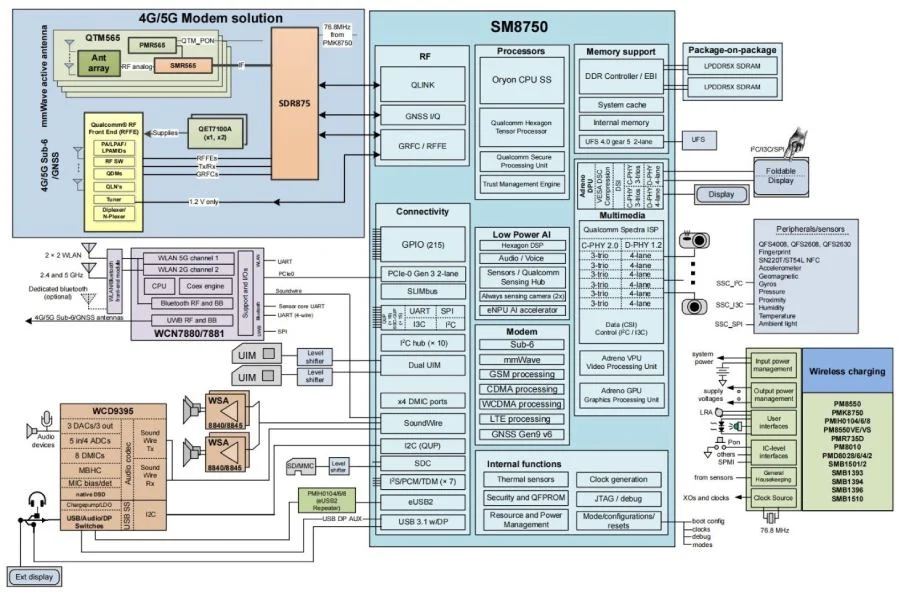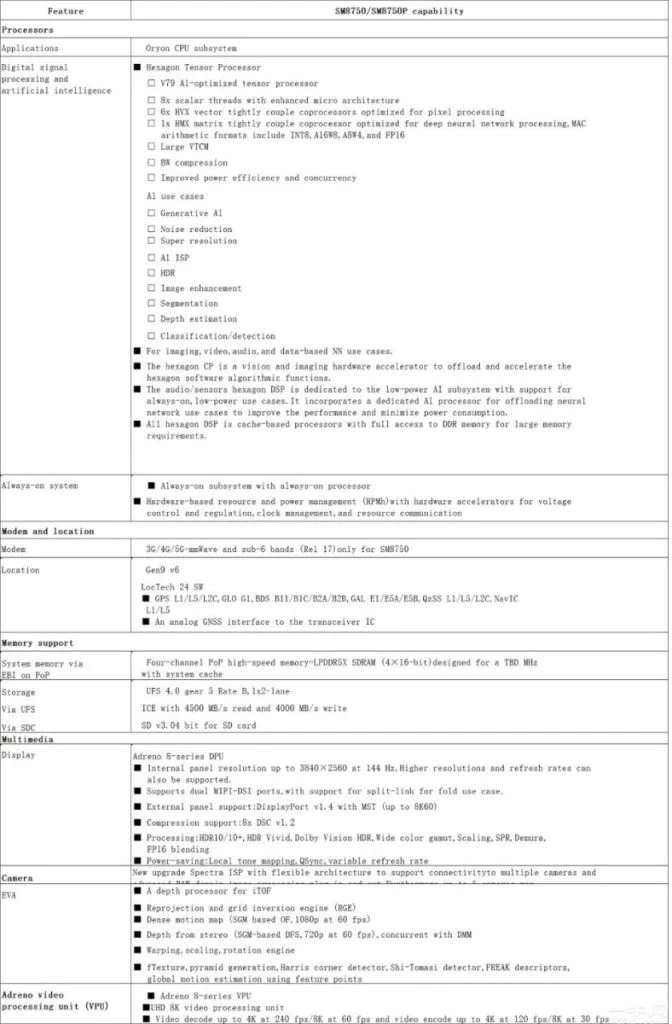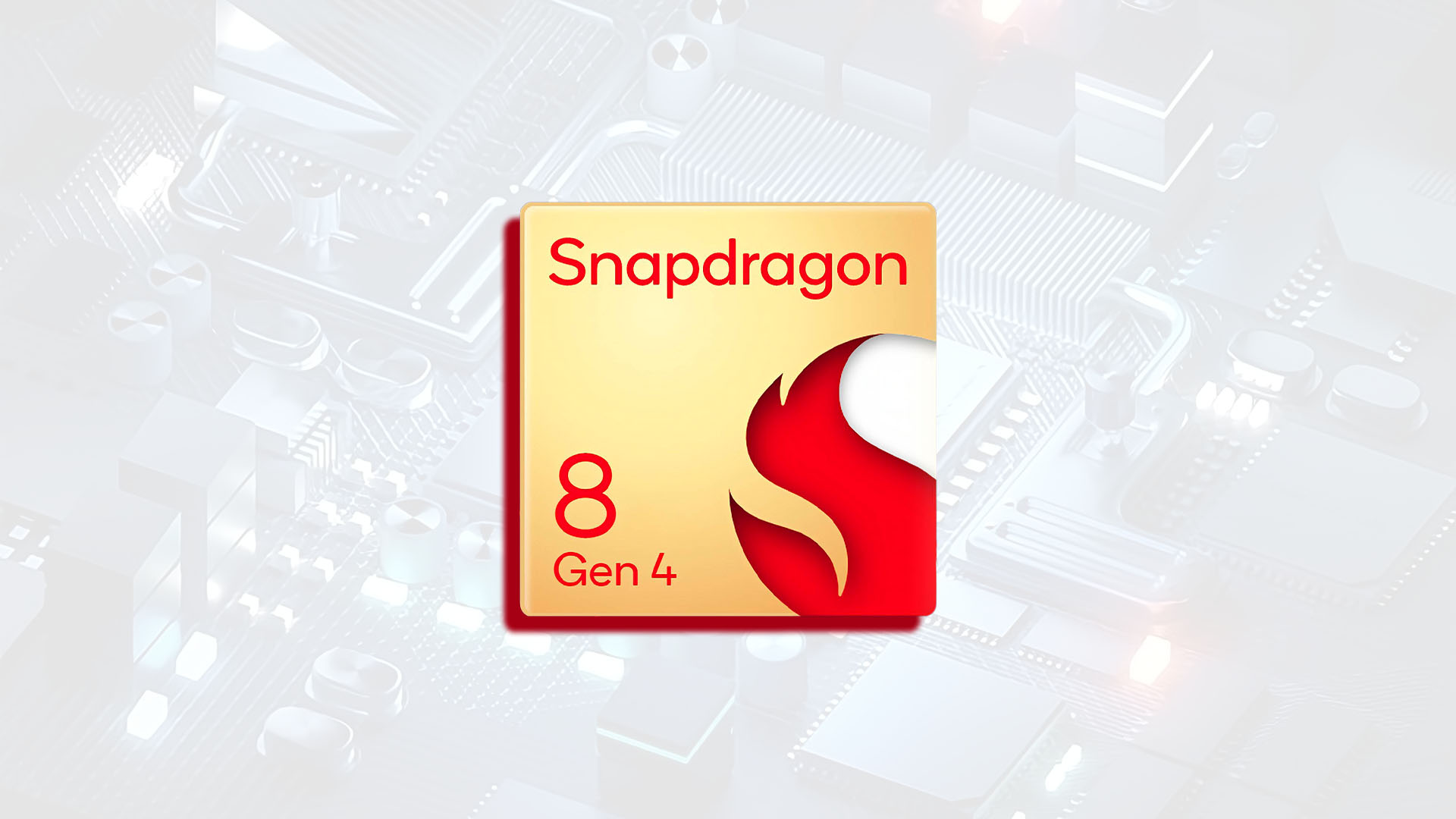Qualcomm is set to unveil its next-generation Snapdragon 8 Gen 4 processor later this month, but a recent leak has provided an early glimpse into its design and features. This leak may be the most significant one since August, offering a detailed look that could be as close as we get to the final specifications unless Qualcomm releases official information.
The information surfaced from a Baidu user known as ‘SalothSar,’ who posted a block diagram of the processor along with a specifications sheet detailing the supported technologies. Although the details are quite technical, let’s highlight the most important aspects of this leak.

The Snapdragon 8 Gen 4 will be available in two variants: the SM8750 and the SM8750P. The SM8750P is expected to be the performance model, featuring a slightly overclocked CPU. The primary difference between the two lies in their cellular connectivity options.
According to the leaked specifications, the standard SM8750 supports both mmWave and sub-6GHz 5G bands, whereas the SM8750P is limited to Wi-Fi connectivity.
In terms of memory, both variants will utilize the established LPDDR5X RAM standard. While there have been discussions about potential support for LPDDR6 RAM, this leak indicates that such an upgrade may not arrive until the Snapdragon 8 Gen 5.
Here’s a concise summary of the Snapdragon 8 Gen 4 specifications:
| Feature | SM8750 | SM8750P |
|---|---|---|
| Processor Variant | Standard | Performance |
| CPU | Standard | Slightly Overclocked |
| Cellular Connectivity | mmWave & Sub-6GHz 5G | Wi-Fi Only |
| Memory Standard | LPDDR5X | LPDDR5X |
| Future Upgrade | Possible LPDDR6 support | Possible LPDDR6 support |

The storage standard for the Snapdragon 8 Gen 4 remains consistent with that of the Snapdragon 8 Gen 3, utilizing UFS 4.0. This configuration employs two dedicated lanes from the PCIe bandwidth pool, enabling remarkable read and write speeds of up to 4,500MB/s and 4,000MB/s, respectively.
The leak also highlights the display capabilities of the processor. The Adreno 830 GPU, which powers the Snapdragon 8 Gen 4, is reported to support displays with resolutions exceeding 4K (3,840 x 2,560) at a smooth refresh rate of 144Hz. However, it remains to be seen if smartphone manufacturers will take full advantage of these high pixel-density displays.
Interestingly, the core functionalities of the Snapdragon 8 Gen 4 appear to be similar to those of the Snapdragon 8 Gen 3. Nonetheless, the standout feature of this generation is Qualcomm’s custom Oryon CPU cores, designed to offer significant enhancements in both single-core and multi-core performance. Early benchmarks from the OnePlus 13 on Geekbench 6 have already shown impressive results.


Leave a Comment